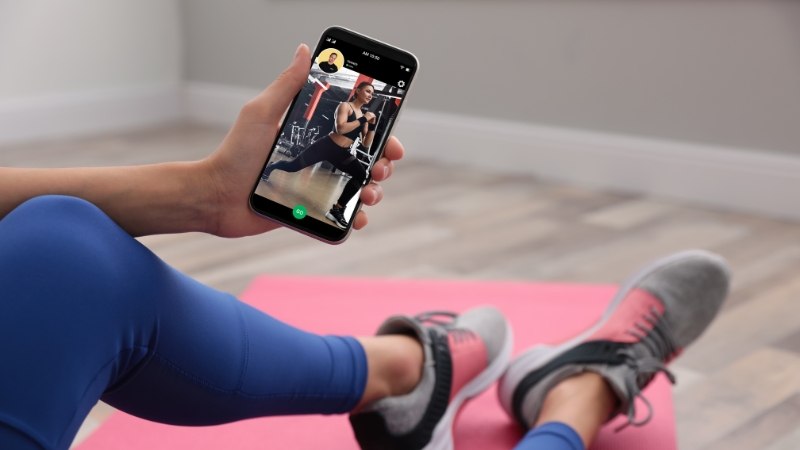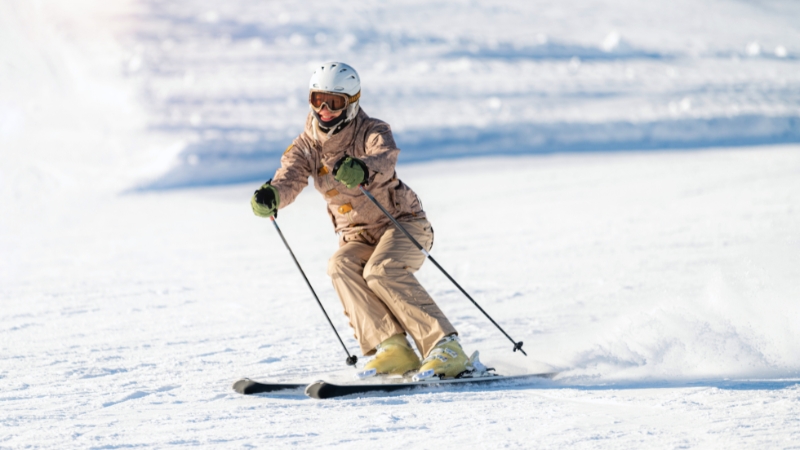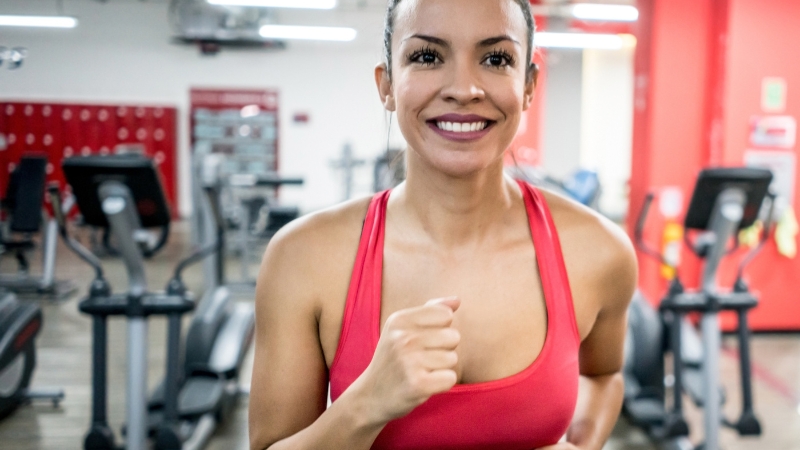
Share Post:
Travel is one of the biggest disruptors of consistency for workouts, nutrition, and overall routine. Whether it’s a short business trip or a two-week vacation across multiple time zones, most people either go into “all or nothing” mode or abandon their health goals entirely until they return.
I’ve worked with dozens of clients who used to think exactly that way.
But staying on track while traveling doesn’t mean training like a bodybuilder in a hotel gym or logging macros in an airport lounge. It’s about smart, flexible systems.
Over the years, I’ve developed clear strategies to help my clients move, eat, sleep, and stay motivated—no matter where they are in the world.
Adjust Plans Based on Location and Schedule
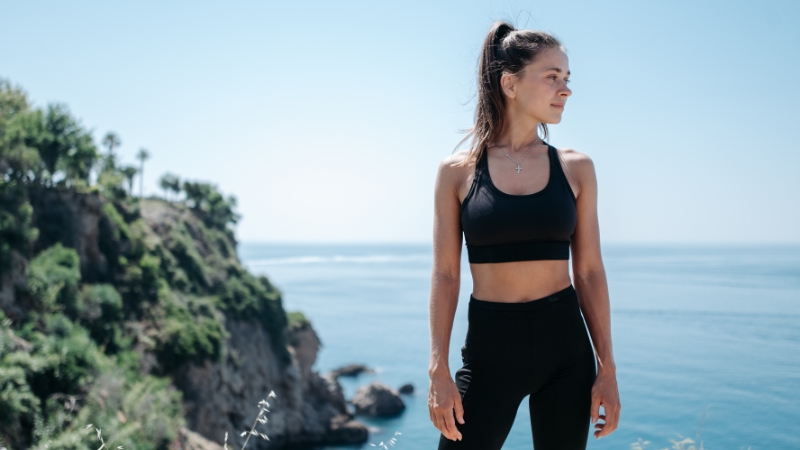
Travel changes everything—available equipment, daily routine, and even energy levels. That’s why I never give my clients a rigid plan and expect them to follow it blindly while they’re on the road.
Instead, I ask key questions:
- Are you staying in a hotel, Airbnb, or with family?
- Will you have access to a gym or just a bodyweight space?
- Is this a work trip with packed meetings or a relaxed vacation?
Once I know the logistics, I create a “travel version” of their program. That might mean:
| Scenario | Adjusted Plan |
| Hotel with no gym | 20-minute bodyweight circuit using bands and furniture |
| Airbnb with basic equipment | Full dumbbell workouts and core finishers |
| Conference travel | 10-minute mobility + step target + nutrition guide |
| Jet lag or long flights | Lower intensity sessions, sleep protocols, and hydration checklists |
I Focus on the Non-Negotiables
When clients travel, we strip everything down to three anchors:
- Daily movement goal (steps, stretching, short workouts)
- Nutrition structure (even without tracking every gram)
- Hydration and sleep basics
For example, one client who travels internationally every month knows that she’ll get three things done daily no matter what:
- Walk 10,000 steps
- Have protein in every meal
- Get at least 7 hours of sleep
That alone maintains her weight and energy levels even during two-week trips. Then we dial it up when she returns home.
I Set Clear Expectations: Progress Doesn’t Have to Be Measured by the Scale
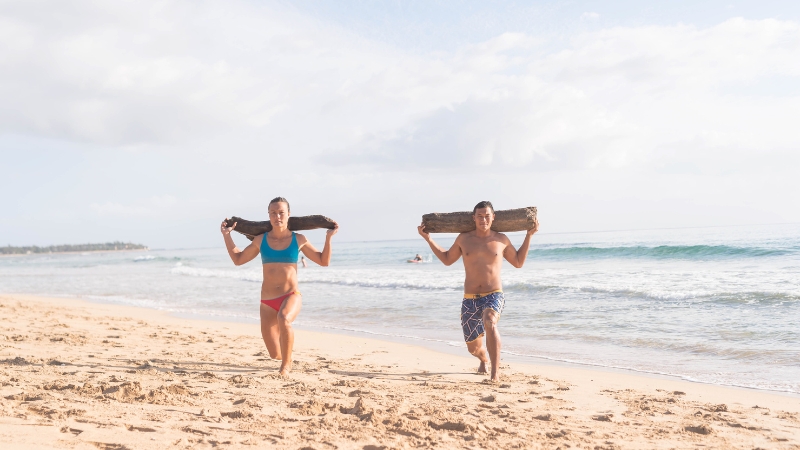
When a client is on vacation or business travel for a week or two, fat loss is no longer the priority. The goal becomes maintenance, energy regulation, and staying grounded in healthy routines. We define success not by scale movement but by consistency, resilience, and how they feel during and after the trip.
Sometimes that means returning home feeling motivated instead of guilty. Other times, it means having more energy, smoother digestion, or waking up without joint pain after long flights.
These are wins, even if body weight holds steady or fluctuates slightly. I remind clients that momentum is built on staying engaged, not on chasing perfection. When they shift their mindset from “I’m off track” to “I’m adapting wisely,” they stop spiraling and start owning their habits.
This expectation-setting creates psychological safety. Clients no longer see travel as an obstacle but as an opportunity to strengthen autonomy and emotional resilience.
I Use Tools That Make Communication Seamless
To keep clients consistent, I rely on apps and systems that remove friction. I don’t wait for them to check in—I create touchpoints that keep things flowing.
Here’s my tech stack for remote accountability:
| Tool | Function |
| TrueCoach or Trainerize | Program delivery, exercise demos, tracking |
| WhatsApp or Telegram | Quick daily check-ins or motivation |
| Shared Google Sheets | For clients who like data and progress metrics |
| Apple Health / Fitbit sync | For passive step and sleep tracking |
Sometimes, we can’t coordinate Zoom calls because of time zones. So we do phone check-ins. One of my long-time clients was recently traveling through Australia. Because of our 10-hour time difference, she’d call while on her evening walk, and I’d respond later with feedback and strategy notes.
She started using a call recorder to save our sessions so she could replay them when needed, especially during low-energy days or busy hotel mornings. If you want the same flexibility and accountability tool, you can get the app here.
The beauty? She could replay our call later when she needed motivation or reminders. No need to write everything down mid-conversation or try to remember it all.
It became part of her weekly rhythm: call, record, review, stay consistent. That small tech shift helped her stay grounded and focused even halfway across the world.
Teaching Clients How to Make Smart Food Choices Without Micromanaging
Macro tracking works well at home with a kitchen scale and a routine, but it’s not realistic in every country or context. When my clients travel, I shift the focus from rigid numbers to smart, principle-based eating.
I teach them how to build a balanced plate with three simple elements: one protein source, one fiber-rich carb or vegetable, and one healthy fat. This approach works in almost any setting, whether they’re at a street food stall in Thailand or a restaurant in Rome.
I also encourage them to prioritize local, whole foods instead of reaching for familiar packaged snacks. Not only does this support digestion and energy levels, but it also allows them to enjoy the culture without guilt.
For instance, I had a client in Italy who sent me photos of her meals: grilled sea bass, sautéed spinach with garlic, olives, fresh fruit, and a drizzle of olive oil. No weighing, no logging—just eating intuitively and with intention. She returned from that trip lighter, more energized, and more confident than when she left.
I set simple guardrails like limiting high-sugar or alcohol indulgences to no more than two per day, and I reinforce the use of “hunger awareness” instead of calorie counting. By learning to recognize true hunger and satiety cues, clients stay in control without obsession. That freedom leads to better long-term consistency and fewer mental spirals around food.
I Anticipate Setbacks—and Plan for Them in Advance
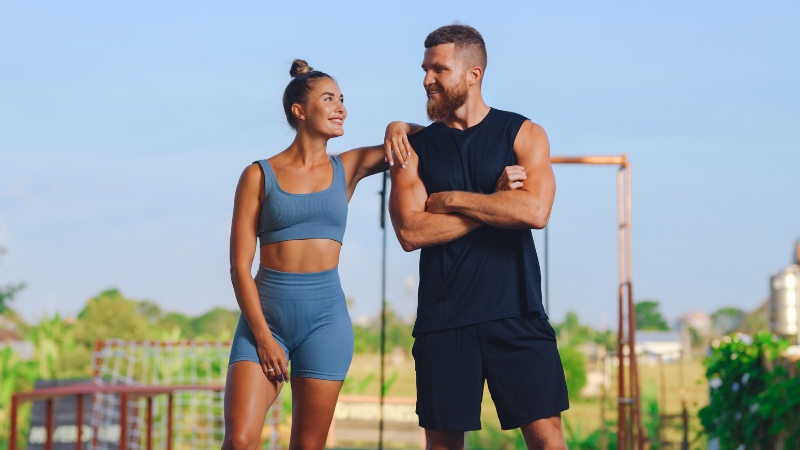
Travel is unpredictable, so hoping for a flawless plan is a mistake. I always assume there will be disruptions—missed meals, lack of sleep, unfamiliar foods, or unexpected social events—and I help clients build buffers in advance.
For example, if they’re flying across time zones, I provide a basic jet lag protocol that includes melatonin timing, hydration checkpoints, and strategies for adjusting circadian rhythm through light exposure.
For meals out with friends or clients, I offer flexible strategies like eating lighter earlier in the day, staying hydrated, and avoiding the post-indulgence guilt trap. I also recommend hotel snack kits with protein powder, raw nuts, travel-size collagen bars, and electrolyte packs.
These simple tools eliminate the need to scramble for food at midnight or skip meals entirely.
To keep them engaged and mindful, I assign “micro challenges” during trips—things like stretching for five minutes before bed, hitting a daily step target, or sending me two pictures of meals they feel proud of.
These aren’t about control—they’re about keeping self-awareness alive in a new environment. Clients often say these small habits help them stay centered without sacrificing their experience.
Celebrate Small Wins—Because They Build Long-Term Consistency
Recognition matters. If a client gets 12,000 steps in after a red-eye flight or chooses water over a cocktail at a party, I make sure they know that I’ve noticed—and that it counts. These moments might seem small, but they reinforce the identity of someone who follows through even when conditions aren’t perfect.
I don’t just celebrate visible outcomes—I celebrate effort, intention, and awareness. When a client messages me saying, “I skipped dessert because I wasn’t hungry,” or “I stretched before bed even though I was exhausted,” that’s a win. These seemingly minor actions compound over time, building habits that stick long after the trip ends.
By highlighting these victories, I help clients build self-trust and internal motivation. They know I’m tracking their progress, not to police them, but to support and guide them through real-life challenges. Over time, this kind of feedback loop turns one-off wins into lasting behavior change.
Conclusion
@nom_life Travel tips for staying healthy while traveling that I wish I knew sooner! 1. To combat jet leg using the timeshifter app that help you adjust to your new time zone immediately by letting you know when to wake up, sleep + drink coffee. 2. Eating nutrient dense food may seem obvious, but makes a huge difference to eat a balance of treat yourself food with healthier options too (even on trips)! 4. Eating tons of new food can be a lot on your stomach at once, taking Seed Daily Synbiotic helps support digestion + keep you regular! You can use code NOM25 for 25% off (i swear by it)!! 5. Walking a minimum of 10K steps a day, gyms can be hard to find during travel, but walking is a great way to explore the city and stumble upon local gems! #traveltips #healthytravel #travelhacks #japantravel #travelinspo #traveltiktok #travellife #traveltok ♬ Out Getting Ribs (Slowed) – Feeling Blew
Staying healthy while traveling isn’t about perfection—it’s about doing the right things, consistently, even in imperfect conditions. From adapting workouts to recognizing effort over outcomes, I coach my clients to stop chasing “ideal” and start owning their environment.
Whether they’re in a hotel room, an unfamiliar city, or halfway across the world, the goal is always the same: stay connected to their priorities.
With the right systems, simple tools, and some creative problem-solving, travel becomes a chance to reinforce good habits, not break them. It’s not about avoiding every challenge—it’s about having a plan for when they come.
That’s what builds real results. That’s how you win long term.
Related Posts:


